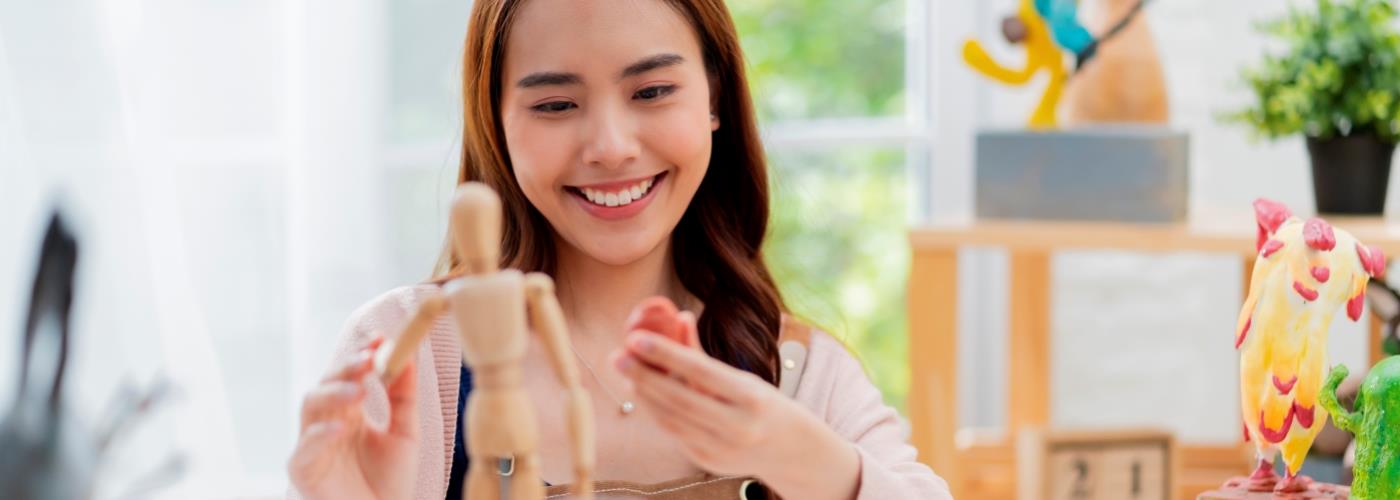Topics
What is low back pain?
Low back pain is commonly seen these days. Over 80% of people experience at least one episode of low back pain in their lifetime.
Although back pain does not typically indicate a serious medical condition and typically resolves on its own, it can be bothersome when it interferes with daily activities.
What are the common causes of low back pain?
Various factors can contribute to low back pain. In the majority of cases, there is no apparent underlying cause, but at times, the pain can be attributed to a medical condition or disease.
Common causes include:
- Over time, normal wear and tear can lead to degenerative disc disease through the formation of small cracks and tears and/or the loss of fluid in the discs.
- This can result in changes to the adjacent spinal vertebrae, including the development of bone spurs.
- Too much wear and tear on spinal discs can lead to disc bulges, in which the outer covering is weakened, and the disc protrudes.
- Some people may have pain that radiates down the back of the leg if the bulging disc compresses a nerve. This is known as sciatica.
- Osteoarthritis can affect the facet joints, which are the joints that connect the vertebrae.
- Spondylolisthesis is a condition in which one of the lower spine vertebrae "slips" forward relative to another.
- Lumbar spinal stenosis is a condition where the vertebral canal, the open space inside the vertebrae, becomes narrowed.
- Ankylosing spondylitis is a type of arthritis that causes inflammation in the spine and other parts of your body.
- Over time, ankylosing spondylitis can cause stiffness due to inflammation in the joints and tissues of the spine. In severe cases, this may lead to vertebrae fusion. Fusion of the vertebrae can result in a rigid and inflexible spine.
- Poor posture while standing or sitting at work, driving long distances and improper lifting techniques can result in low back pain.
When should I visit a doctor for lower back pain?
Although most back pain would resolve fairly quickly without treatment, you should visit an orthopaedic specialist if you have any of the following symptoms:
- Prolonged back pain for more than 4 weeks
- Severe pain that does not improve with rest
- If pain radiates down the back of your leg
- Weakness, numbness, or tingling in one or both legs
- Back pain with unexplained fever or weight loss
- Back pain due to falls, mainly if you are older than 50 years
- New back pain if you are 70 years or older
How is lower back pain diagnosed?
Your doctor would first question your general health and symptoms before conducting a thorough physical examination. Diagnosis is made based on your reported symptoms, physical examination, and investigations.
Most individuals with low back pain recover within a few weeks without the need for imaging tests. In certain circumstances, imaging tests, such as X-rays, computed tomography (CT) scans, or magnetic resonance imaging (MRI), may be recommended; however, they are not routinely done for all patients with low back pain.
CT scan and MRI
CT scan and MRI can provide comprehensive images of the soft tissues and skeletal structures of the back. These scans may be required to diagnose a protruding or herniated disc or spinal stenosis.
They may also be recommended if:
- There are risk factors or signs of infection or malignancy.
- Surgery is being considered.
- Low back pain persists for more than four to six weeks, and the cause is unknown.
How is lower back pain treated?
Treatment option will depend on your symptoms and the severity of your condition. Treatment aims to relieve your symptoms, enable you to carry out your regular activities, and prevent further complications.
Below are some basic measures that may help reduce your pain.
- To the extent possible, staying active is one of the best things you can do for your back.
- If your back pain is severe, you may need to rest for a day or two. Prolonged bed rest is not recommended.
- Movement helps relieve pain while preventing loss of muscle strength.
- A heated wrap or heating pad may help with back pain.
- It may be necessary to take time off work to recover if you are unable to sit or stand comfortably at your job.
- A block of wood under one foot while standing at work (and alternating the foot at regular intervals) may be beneficial.
- Non-steroidal anti-inflammatory drugs (NSAIDs) such as ibuprofen or naproxen are prescribed to reduce pain and swelling.
- Muscle relaxants such as cyclobenzaprine may help relieve back pain. As they can cause drowsiness, they are to be taken during bedtime.
- Your doctor may recommend physiotherapy for an individualised exercise program that includes stretching, flexion, extension and strengthening.
- Lifestyle changes such as weight loss, stress reduction, the use of back support devices, and increasing physical activities are a few ways that can improve your lower back pain issues.
- Surgery is only recommended for a small percentage of people. It may be considered in those with persistent radiculopathy due to spinal stenosis or herniated disc that have not responded to other therapies.
How do I prevent lower back pain?
Lower back pain could be prevented by following the right approach to performing certain activities:
- Use proper lifting techniques.
- Maintain good posture when sitting or standing.
- Maintain a healthy weight.
- Use proper sleeping positions.
Make an appointment at Pantai Hospitals
Speak to your doctor to know more about low back pain. A dedicated and expert team of Orthopaedic specialists at Pantai Hospital is available for consultation to provide the best care and assistance.
Get in touch with us to book an appointment today if you have concerns or questions regarding low back pain. We assure you the best possible care tailored to your specific needs.
Pantai Hospital has been accredited by the Malaysian Society for Quality in Health (MSQH) for its commitment to patient safety and service quality.
References
- OrthoInfo: Low Back Pain. Available at: https://orthoinfo.aaos.org/en/diseases--conditions/low-back-pain/ [Accessed 10 January 2023]
- Chou R. Patient education: Low back pain in adults (Beyond the Basics). Post TW, ed. UpToDate. Waltham, MA: UpToDate Inc. Available at: https://www.uptodate.com/contents/low-back-pain-in-adults-beyond-the-basics#H16 [Accessed 22 April 2023]













